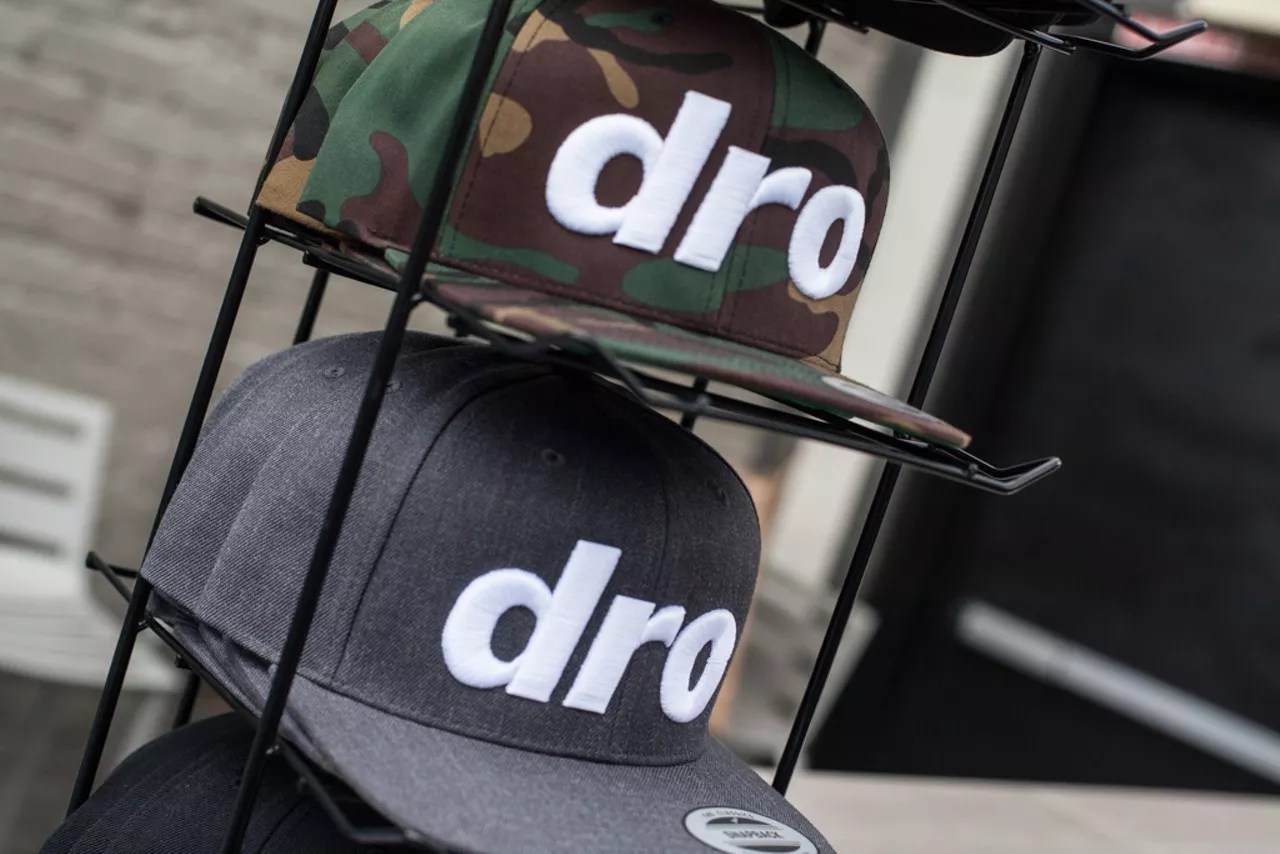
Jacqueline Collins

Audio By Carbonatix
Cannabis use and the cannabis business in general have gone mainstream, but the people responsible for marketing the plant still have to jump through a lot of hoops. After all, there’s a reason that you haven’t seen cannabis commercials on TV or billboards for dispensaries: Pot still isn’t that legal.
To help emerging pot companies navigate the odd, evolving world of promoting cannabis, Lisa Buffo founded the Cannabis Marketing Association. Since launching the group in Colorado, she’s built a network of chapters in nine of America’s largest legal and medical markets. We recently caught up with Buffo to learn more about the behind-the-scenes work that goes into selling us all that legal weed.
Westword: What types of consumers are cannabis brands targeting nowadays? Are certain products pushed on certain demos?
Lisa Buffo: Women and baby boomers are the two fastest-growing customer segments. As the industry matures and the stigma drops, brands are starting to niche out their target marketing much more. There are more consumer groups available now than ever. One trend we’re seeing is brands marketing by mood or effect. There are cannabis products named “Bliss” or “Arouse” that market based on feelings rather than THC percentages or strain names. These appeal to newer consumers who are looking for effects that aren’t just about getting high.
Denver, make your New Year’s Resolution Count!
We’re $10,000 away from reaching our $50,000 year-end fundraising goal. Your support could be what pushes us over the top. If our work has kept you informed and connected this year, please consider making a contribution today.
How has the view toward stonerific terms like “dank” and “bomb” changed since recreational sales began?
Those terms are still used. Cannabis culture contains different subgroups, and the terminology has expanded as the market has grown. The early days of the industry focused on marketing to the younger male consumer who had readily embraced legal cannabis. Data shows that the average cannabis consumer now is around 42 years old, slightly more likely to be male than female, and more likely to have a higher income than that of the general population. As a legal market matures, the average cannabis consumer gets older, wealthier and more sophisticated, and the total pool of consumers diversifies. The industry has had to expand their messaging and language to appeal to a newer, more sophisticated consumer.
What are some marketing or advertising restrictions faced by the cannabis industry that other industries typically don’t face?
Marketing and advertising restrictions vary at the city, county and state levels. The regulations are similar to those for alcohol, but each jurisdiction is different. In Massachusetts, branded swag items such as T-shirts, novelty items or stickers can be produced by a brand. In California, cannabis businesses can have billboards, but in Colorado they cannot. In Nevada, all advertising must be approved by the state. The common thread is that marketing to children is illegal, and any channel a brand uses must have proof that 71.6 percent of that audience is over the age of 21.

Cannabis Marketing Association founder Lisa Buffo.
Courtesy of the Cannabis Marketing Association
How are cannabis companies able to reach potential customers despite all of that?
Think pre-Internet guerrilla marketing. Because the landscape is so restrictive, cannabis companies have to get creative and go back to the basics: Connecting with their customers in person at in-store pop-ups and at events. Advertising in magazines that accept their business, like Westword.
Most important, though, the savvy businesses are being thoughtful about brand-building. They are telling their story through different channels and emphasizing their differentiators. There is a huge knowledge gap between the industry and the general public, and savvy marketers are producing content that is educating consumers. For the first-time cannabis consumer, it can be overwhelming to walk into a dispensary and have a conversation with a budtender. Brands that are thinking about every aspect of the retail experience and the level of education involved are building a great foundation to expand upon once traditional advertising options start to open up.
Social media presents new opportunities for cannabis brands, but also prohibitive obstacles. How are smart cannabis brands working within these social-media restrictions?
According to Instagram, it doesn’t allow people or organizations to use the platform to advertise or sell marijuana. The policy also prohibits any marijuana seller from promoting their business by providing contact information like phone numbers, email addresses, street addresses, or by using the “Contact Us” tab in the Instagram business accounts. This is incredibly restrictive. Brands are getting creative and doing great content marketing telling stories and showing images of a more modern, diverse cannabis consumer. A lot of companies work with influencers. If Instagram flags your page and shuts it down, it can be a drawn-out and unclear process of how to get it restarted, if at all.
Do medical marijuana companies still do much marketing? Like medical-only dispensaries and edibles, or medically geared products?
Yes, there is still a significant market for medical cannabis. In August of 2019, Colorado sold $31 million of medical cannabis, versus $131 million of adult-use products. The patient count has actually dipped in the last few years, and medical sales have remained relatively flat. There are 449 medical marijuana retail licenses (dispensaries) and 572 adult-use retail licenses. Of the over 90,000 patients in Colorado, 75,000 of them list pain as a qualifying condition. This market isn’t going anywhere, but it’s a smaller chunk of the total pie, so the marketing is more targeted and specific to the community.